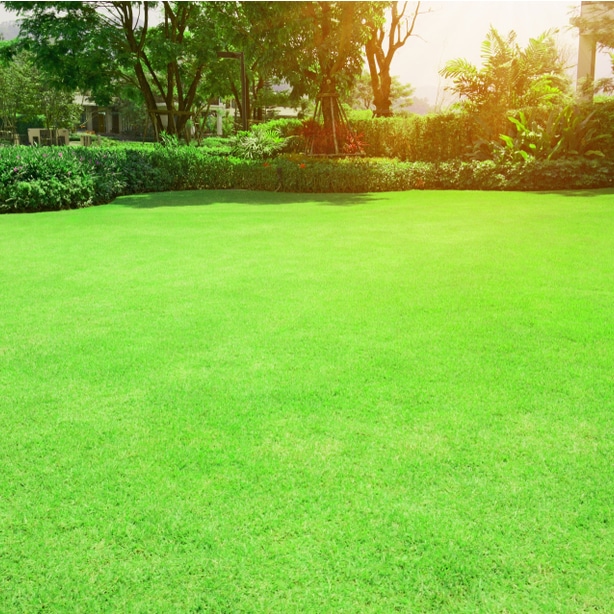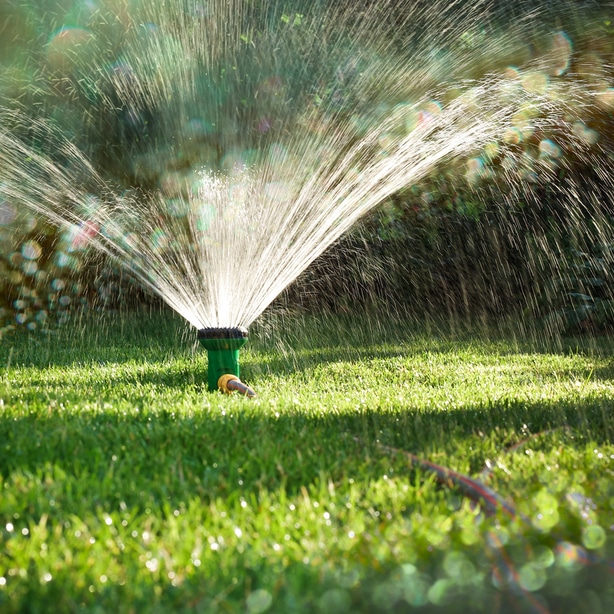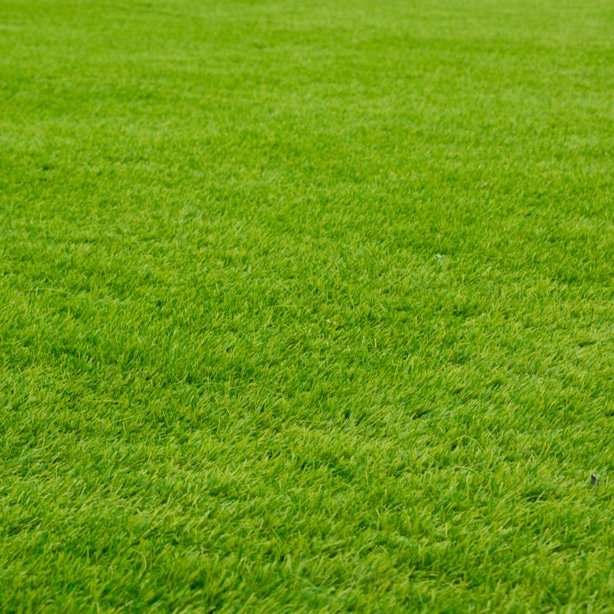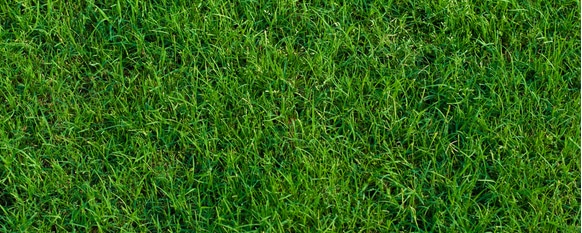On lawns, golf courses and sports fields, Bermuda grass makes a tough as nails groundcover that looks great if given the proper care. If it creeps into landscape beds or across concrete driveways, it presents a unique maintenance challenge. Lawn lovers appreciate Bermuda’s resilience and adaptability, but many gardeners despise its habit of sprouting and spreading from the tiniest sprig.
Love it or hate it, Bermuda grass is one of the most common warm-season grasses. If you have a Bermuda lawn, you’ll want it to look its best. If it invades your non-Bermuda yard, you may want to eradicate it. Read on to learn how you can grow a great lawn and how to keep it under control.
After you have a beautiful lawn, make sure to include some show-stopping trees. For instance, consider using our chinese elm tree care guide for a beautiful tree to plant on your property.

General Information
Bermuda grass grows throughout the warm southern states, from Virginia to California. Attractive foliage, durability, and drought tolerance make it an easy choice for virtually all turfgrass applications. It works equally well in home lawns, golf courses and athletic fields, parks, and pastures. Bermuda grows best in well-drained locations that receive at least eight hours of sunlight per day.
This warm-season grass is widely tolerant of stressors, including heat, drought, traffic, and coastal salt spray. Its active growing season is spring through fall, when air temperatures consistently rise above 80 degrees and the soil temperature stays above 65. In the cool winter months, it stops growing and turns from green to tan.

Installing a New Bermuda Lawn
It’s easy to start a new bermuda lawn from either sod or seed. Starting from seed costs far less up front, but requires more attention through the first growing season. Sod installation isn’t cheap, but it offers immediate coverage, reduces weed competition, and protects the soil from erosion.
How to Start with Seed
Late spring or early summer is the best time to seed. First, remove or kill existing vegetation. If you use an herbicide, follow the recommended waiting period before seeding. Apply a two to three-inch layer of compost, and till it into the top three inches of native soil. Spread lime and fertilizer as indicated by soil test results. Then spread the seed at a rate of 2.5 pounds per thousand square feet, and cover lightly with clean (seed-free) straw.
Water the newly seeded area just long enough to wet the surface without causing runoff. Repeat two or three times per day for the first two weeks to keep the surface evenly moist. When the seeds sprout, begin to increase the watering duration and decrease watering frequency. Instead of two to three times per day, go to once per day, then every other day. Deep, infrequent watering encourages a deep root system. By the end of the first month, you should be watering only about three times per week and applying between .25 and .33 inches of water each time.
How to Start with Sod
Install sod any time during the growing season. Prepare the soil as recommended for seeding. In hot weather, prevent root damage by wetting the hot soil before laying the sod. Orient the sod with the long edges running parallel to the slope contour. Stagger the seams in successive rows like bricks in a wall to eliminate erosion. Carefully and firmly step on the sod as you install it to ensure good root contact with the soil. Use a utility knife to clean up the edges around landscape beds and borders.
Thoroughly water the freshly laid sod immediately after installation. If the weather is hot and the job large, it is good to begin watering sod that has been laid even while still working in another area. The initial watering should soak the ground just to the point of runoff. Water heavily each day for two weeks, then gradually decrease frequency and duration. After a month, the new lawn should need only 1 to 1.5 inches of water per week total, from a combination of irrigation and rain.

Mowing Your Grass
Bermuda grows faster than any other warm-season species and has the highest nutrient requirements. Mulching clippings, rather than bagging them, are widely recommended as it reduces fertilizer requirements by as much as 30 percent. Because of the fast growth rate, frequent mowing is the key to success.
The ideal mowing height for Bermuda grass is between one and two inches. If it grows too high between cuts, the blade tips shade the lower parts, making them turn yellow. Avoid unsightly yellow grass by mowing less than one-third of the total height each time. Because it grows quickly, it may be necessary to mow more than once per week during favorable growing conditions.
In fall, continue mowing at the same height until it goes dormant. Do not allow fall leaves to pile on the surface. Mow and mulch them into the lawn to increase soil organic matter, or if they are too numerous, remove them. In the spring, when you lawn is half green, mow a notch lower than normal to remove old, brown foliage and make way for new green growth.

Watering
Bermuda is known as to be drought-tolerant. It can withstand severe drought by going dormant (turning brown) and then come right back when the weather turns around. However, adequate water keeps it lush and green. Supplement rainfall with irrigation to provide between 1 and 1.5 inches of water per week during the growing season. If you use an automated sprinkler system, consider installing a rain sensor to avoid watering in wet weather. After all, extra watering just means extra mowing. Discontinue irrigation when the grass enters winter dormancy

Fertilization
Bermuda grass prefers to grow in soil with a pH of 5.8 to 7.5. It uses about 4 pounds of nitrogen per thousand square feet per year. But each lawn is different, with different native fertility that makes even the most generalized instructions inaccurate. To achieve a healthy, dark green lawn, fertilizer applications should be based on a soil test.
Submit a soil sample to your local Cooperative Extension Service. Within four to six weeks you will receive test results stating the current pH, nutrient levels, and organic content, along with recommended fertilizer applications and other soil amendments for your lawn. For best results, test the soil annually.
Pest Prevention
Healthy Bermuda lawns experience few insect and disease pests. Maintain good growing conditions, including full sun exposure, pH, fertility, mowing height, and irrigation. Avoid excess fertilization. Avoid overwatering. And discontinue irrigation during winter dormancy.

Controlling Bermuda Grass
This opportunistic grass becomes a noxious weed when it escapes the lawn. Small pieces of stolons mixed with grass clippings easily grow roots and become new plants wherever they land. Always orient your mower discharge chute toward the lawn and away from landscape beds. Edge the lawn well and consistently to keep it from creeping out of bounds. Blow the clippings back onto the lawn.
In the transition zones where warm-season and cool-season grass climates overlap, it can quickly creep and take over a sunny fescue or bluegrass lawn. In this instance, provide the best growing environment for the cool-season grass to help it compete. Mow cool-season grasses at a height of three or four inches, which they favor, and Bermuda does not. Finally, a selective herbicide that includes the active ingredient fluazifop, such as Ornamec , can help control Bermuda grass in some other lawn types.
Eliminating Bermuda grass from garden beds requires patience and a multi-step approach. First, dig up as many of the plants, with as much of the root as possible. Know that every tiny section of the plant left behind will regrow. Then, smother the bed with a double layer of thick cardboard topped with four to six inches of mulch. Watch the area closely and remove additional plants as they appear. Another alternative is to apply systemic herbicide containing glyphosate, such as Roundup, which still takes time and multiple applications.
Bermuda grass may be your best friend or your worst enemy in the yard. Use what you know about what it needs and how it grows to achieve your goals for a beautiful landscape.

